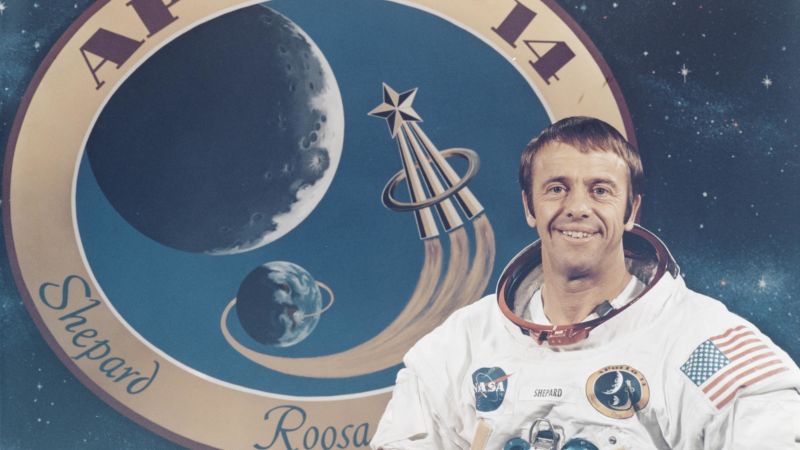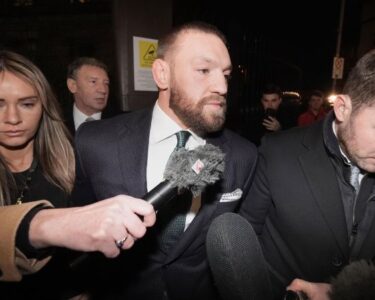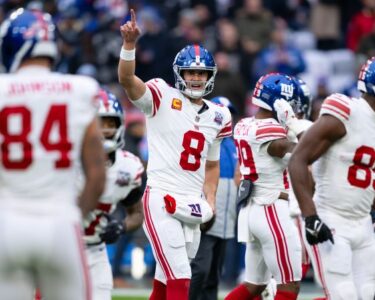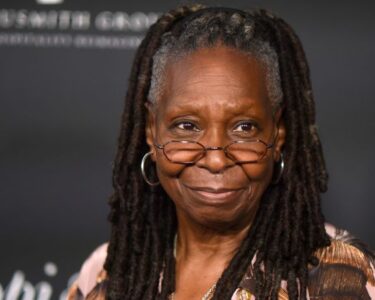CNN
—
February 6, 1971, was a relatively uneventful day for US sports.
Larry Costello’s Milwaukee Bucks swept past the San Francisco Warriors in the NBA, the Boston Bruins defeated the Buffalo Sabres to continue an eight-game unbeaten NHL streak, and Arnold Palmer shot 68 to tie for the lead at the Hawaiian Open.
Nothing out of this world you might say, incorrectly. Because some 230,000 miles away, Alan Shepard was playing golf on the moon.
Beamed back to TV sets on Earth in grainy images, Shepard’s exploits on Apollo 14 – the eighth crewed Apollo mission and only the third to land on the lunar surface – left viewers stunned, including those at mission control in Houston.
An avid golfer, Shepard had sought out Jack Harden, a club pro at River Oaks Country Club in Texas, to build him a modified club. The resulting creation, a Wilson Staff Dyna-Power 6-iron head, was tucked away in Shepard’s space suit for launch, with a few balls hidden in a sock.
None of this was on NASA’s inventory. The Apollo program cost almost $25 billion – some $246 billion today according to a 2019 analysis by The Planetary Society – bringing a new meaning to the phrase “time is money.” With minutes worth millions, moonwalk schedules were meticulously strategized to ensure maximum efficiency.
It is rumored that only mission director Bob Gilruth knew of the astronaut’s plan, with Shepard gaining Gilruth’s reluctant permission only on the promise that any golfing would be saved for the end of extravehicular activities (EVA), and only if there was time.
<div data-uri="archive.cms.cnn.com/_components/video-resource/instances/h_8f95cdaeb359370557ef32d9559cd7ac-h_8a156a6f38a456d3ef5c5ddd8bad7752@published" data-component-name="video-resource" data-editable="settings" class="video-resource" data-video-id="sports/2022/12/02/alan-shepard-golf-on-moon-spt-intl-lon-orig.cnn" data-live="" data-analytics-aggregate-events="true" data-custom-experience="" data-asset-type="" data-medium-env="prod" data-autostart="false" data-show-ads="true" data-featured-video="true" data-headline="The incredible true story of the time an astronaut played golf on the moon" data-description='Over 50 years ago, Alan B. Shepard Jr. played a game of golf that was "out of this world." Almost 240,000 miles away from Earth, Shepard hit two golf balls on the surface of the moon. Despite being so far away, he found a way to connect with the people back home.' data-duration="03:22" data-source-html='<span class="video-resource__source"> – Source:
<a href="https://www.cnn.com/" class="video-resource__source-url">CNN</a>
</span>' data-fave-thumbnails='{"big": { "uri": "https://media.cnn.com/api/v1/images/stellar/prod/221129091337-alan-shepard-04.jpg?c=16×9&q=h_540,w_960,c_fill" }, "small": { "uri": "https://media.cnn.com/api/v1/images/stellar/prod/221129091337-alan-shepard-04.jpg?c=16×9&q=h_540,w_960,c_fill" } }' data-vr-video="" data-show-html="” data-check-event-based-preview=”” data-network-id=”” data-details=””>
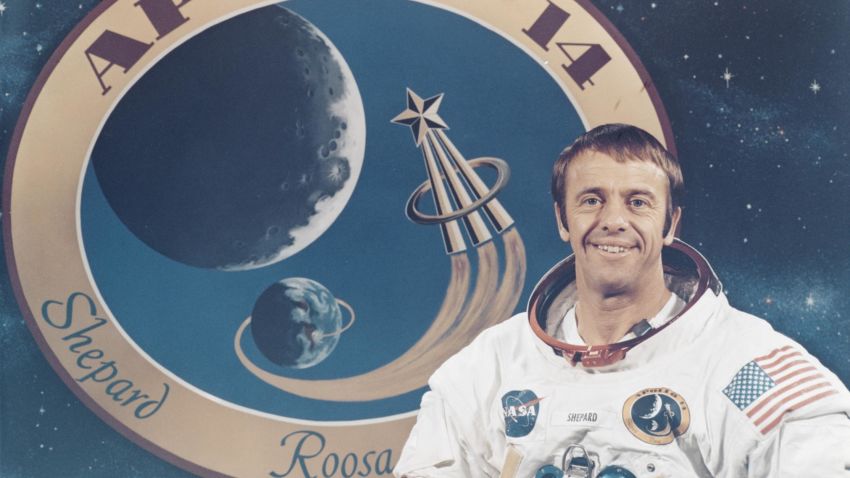
03:22
– Source:
CNN
After nine hours walking the surface and several scientific experiments, Shepard was returning to the lunar module when he saw his chance. Attaching the modified club head to a tool designed for scooping lunar rock samples, the commander prepared to take on one of the universe’s biggest bunkers – one-handed.
“Houston … you might recognize what I have in my hand as the handle for the contingency sample return. It just so happens to have a genuine six iron on the bottom of it,” Shepard said, speaking directly into the camera.
“In my left hand, I have a little white pellet that’s familiar to millions of Americans … Unfortunately, the suit is so stiff, I can’t do this with two hands, but I’m going to try a little sand-trap shot here.”
After two botched efforts, Shepard’s first shot shanked into a nearby crater, much to the joy of Capsule Communicator Fred Haise in Houston.
“That looked like a slice to me Al,” Haise jabbed, but the moon’s first golfer had one more ball left to play.
Blowing up plumes of lunar dust, the second shot was struck with a sweeter connection, and Shepard liked what he saw.
“Miles and miles and miles,” the jubilant astronaut remarked as the ball sailed out of his view, swallowed by the infinite blackness of space. Needless to say, shot-tracking technology was unavailable, and so Shepard returned to Earth with the whereabouts of his second shot unknown.

Camera shy
Three years later, in the Northwest of England, Andy Saunders was born. After graduating from Loughborough University, he carved out a career in property renovation, but harbored a passion for photography.
What does any of that have to do with an astronaut playing golf on the moon? Almost 50 years on, Saunders would be the man to show that, actually, the astronaut’s second shot traveled just 40 yards – roughly the length of two 10-pin bowling lanes.
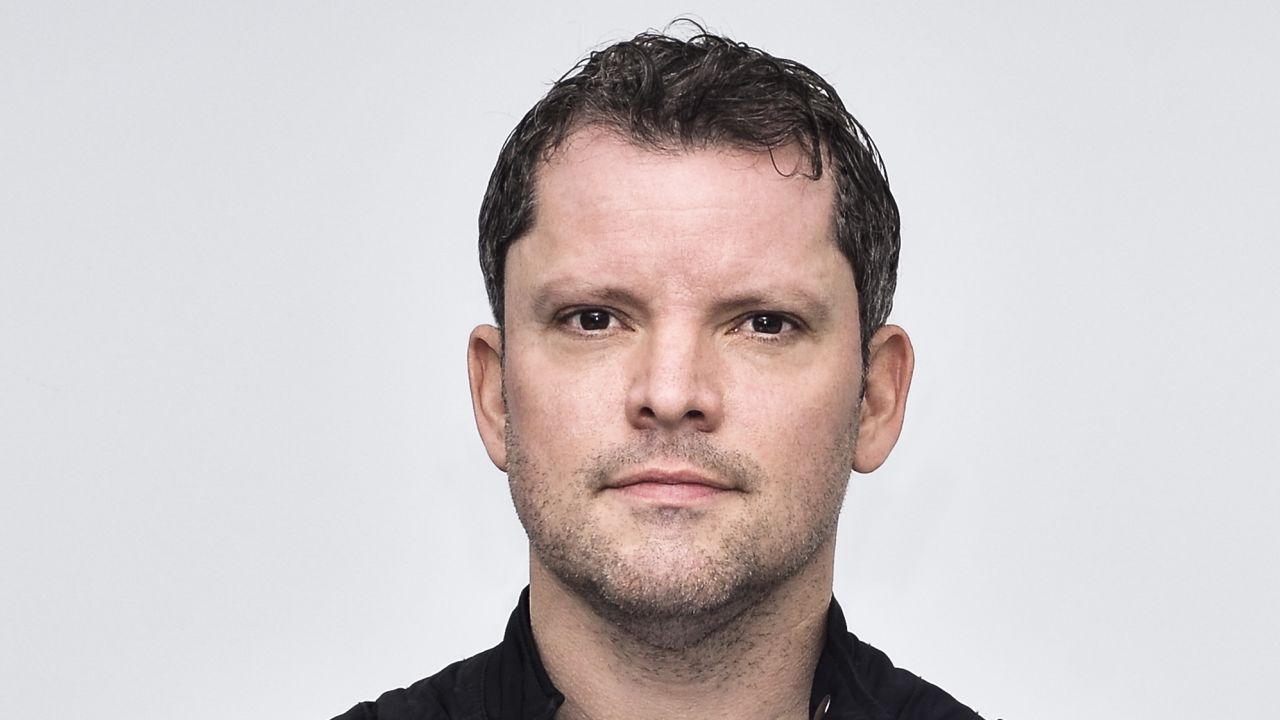
Saunders did not set out to rain on Shepard’s parade. Instead, he began with a nagging desire to amend a lifelong frustration, expressed neatly in a 2012 piece in The Atlantic titled “There Are No Good Pictures of Neil Armstrong on the Moon.”
Because while Armstrong may have been the astronaut tasked with taking one small step for man, he was also the astronaut on camera duty. As a result, effectively all the iconic astronaut images captured on the surface during Apollo 11 are of Buzz Aldrin.
“If you think in today’s world how absolutely ridiculous that concept is; the first person on another world, but they only took one camera,” Saunders told CNN.
“They didn’t take a selfie as we would do now.”
Using a modern digital enhancement technique known as stacking, whereby frames are separated then stacked and consolidated to coax out more detail, Saunders produced the clearest ever image of Armstrong on the moon.
When he released the picture on the 50th anniversary of Apollo 11 in July 2019, it made world news. Shortly after, NASA opened access to a sprawling library of Apollo flight film – long sealed in a frozen vault at Johnson Space Center in Houston – and Saunders applied his techniques en masse.
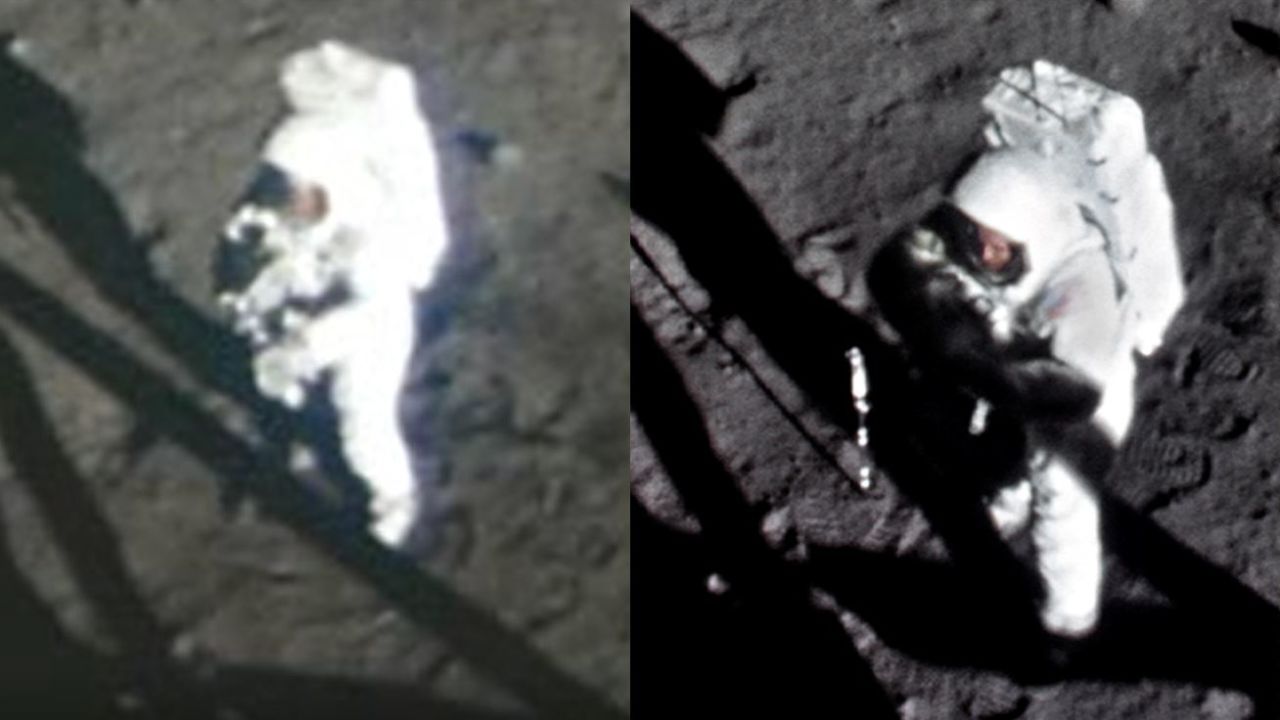
Faced with 35,000 still photos and more than 10 hours of film footage, over the next two years he put his properties career on hold to spend more than 10,000 hours restoring each and every frame. The result was “Apollo Remastered,” a book of Saunders’ favorite 400 stunning images that show the space program in unprecedented clarity.
The book’s front cover, a shot of Apollo Nine astronaut Jim McDivitt, is a perfect encapsulation of the water-to-wine magic of Saunder’s restoration techniques. Previously an image of near total blackness, barring a dim outline of McDivitt’s helmet, it is hard to believe that the illuminated, cinematic portrait can possibly be mined from the original.
Apollo 16 astronaut Charlie Duke described the pictures as an “exact representation” of his memories on the moon, “the next best thing to being there.” For Saunders, there is no better appraisal.
“I want people to feel like this is as close as they can get to walking on the moon themselves,” he said.
“You think of the subject matter for any photographer – you’ve got fellow humans doing these incredibly extraordinary things in an extraordinary place against a backdrop that’s literally otherworldly.
“Every several hundred images I’m going through, there is something of interest, something of significance, or something that just looks incredible.”
Shooting stars
When he reached Apollo 14, Saunders tasked himself with finding Shepard’s elusive second ball. Picking it out from the original, murky footage – where almost everything on the surface resembled small rocks – made for an impossible game of interstellar Where’s Waldo, but with Saunders’ array of tricks, he quickly found his prize.
Working out how far the ball had traveled was a little trickier, given there was no reference for scale. Saunders’ workaround was to superimpose the images onto footage captured from the Lunar Reconnaissance Orbiter, a satellite that orbited the moon in 2009.
With no wind or erosion at play, nothing had moved; the scene was perfectly preserved from 38 years prior, and Saunders had his answer: 40 yards. Some 318 yards shy of the 2022 PGA Tour average driving distance, even the most casual golfers would write such an opening shot off as a disaster.
But casual golfers aren’t playing in a restrictive, bulky spacesuit and thick gloves, aren’t swinging a weightless club in one sixth of Earth’s gravity, barely able to see their feet, and – with the exception of a certain Tik-Tok star – aren’t swinging one-handed.
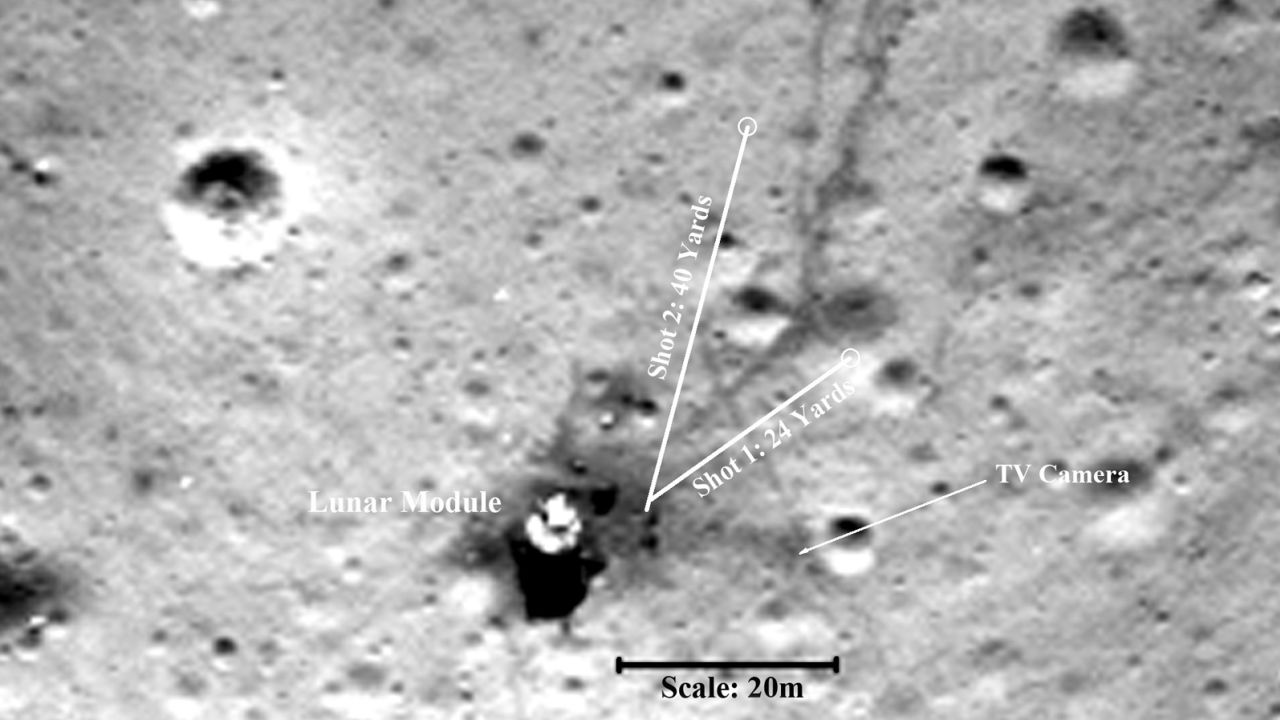
“He didn’t get preferred lies, he just dropped the ball – full of rocks and footprints and like an unraked bunker – so to even make contact, I think was pretty impressive,” Saunders said.
Saunders believed Shepard’s “miles and miles” remark to have been made tongue-in-cheek, an almost instinctive reflex of his hyper-competitive, “fighter-jock” nature. The fact that Shepard, who died aged 74 in 1998, later lowered his estimate to – a still generous – 200 yards would seem to support this assessment.
And yet, ironically, there was some innate truth beneath the astronaut’s bold claim. By Saunder’s calculations, if famed big-hitter Bryson DeChambeau was able to replicate his earthbound clubhead speed at a 45-degree angle on the moon, he would blast his drive 3.41 miles.
“So actually, funnily enough, that is miles and miles and miles as Shepard said,” Saunders added.
“It is possible, given a flexible enough suit … because there’s no air resistance, because there’s one sixth gravity, you could hit it almost the length of a whole golf course.”
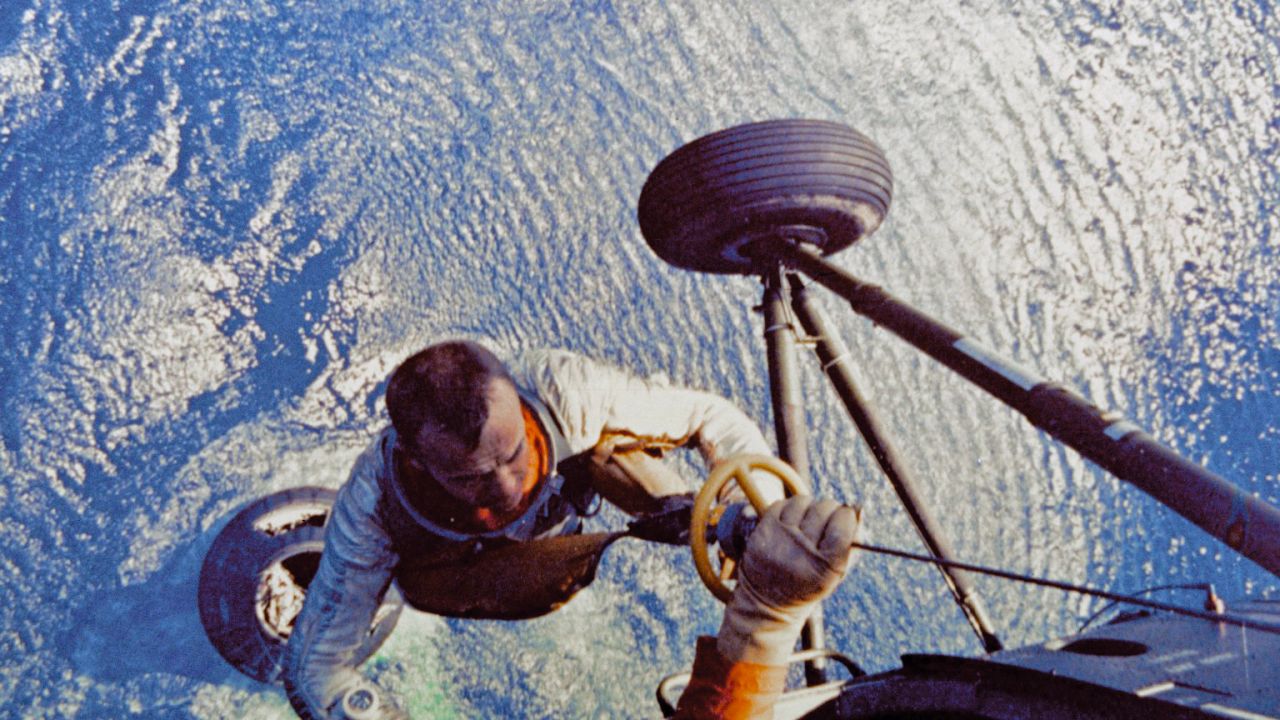
Finders keepers
With the launch of the Artemis I earlier this month, NASA edged towards a long-awaited return to the surface of the moon, untouched by humans since Apollo 17 astronaut Gene Cernan’s final steps in December 1972.
Theoretically, it could make Saunders a millionaire. A 2021 ESPN article put the auction value of each ball at a minimum of $10 million, and Saunders joked that he would be chasing NASA for his 10% finders fee should they be retrieved.
Though Saunders isn’t planning an early retirement just yet. He is content in his conviction that the site of Shepard’s exploits will never be disturbed, a belief supported by NASA’s chief historian Brian Odom.
“Maybe one day we’ll have colonies on the moon and it’s like Stonehenge – we don’t want to be messing around in the Apollo landing sites,” Odom said.
“We want to make sure that we treat these landing sites as national landmarks, make sure that they’re preserved, make sure that they’re not contaminated, make sure that they’re there in perpetuity.
“I think they (the balls) are where they need to stay and we need to make sure they’re preserved as they were.”
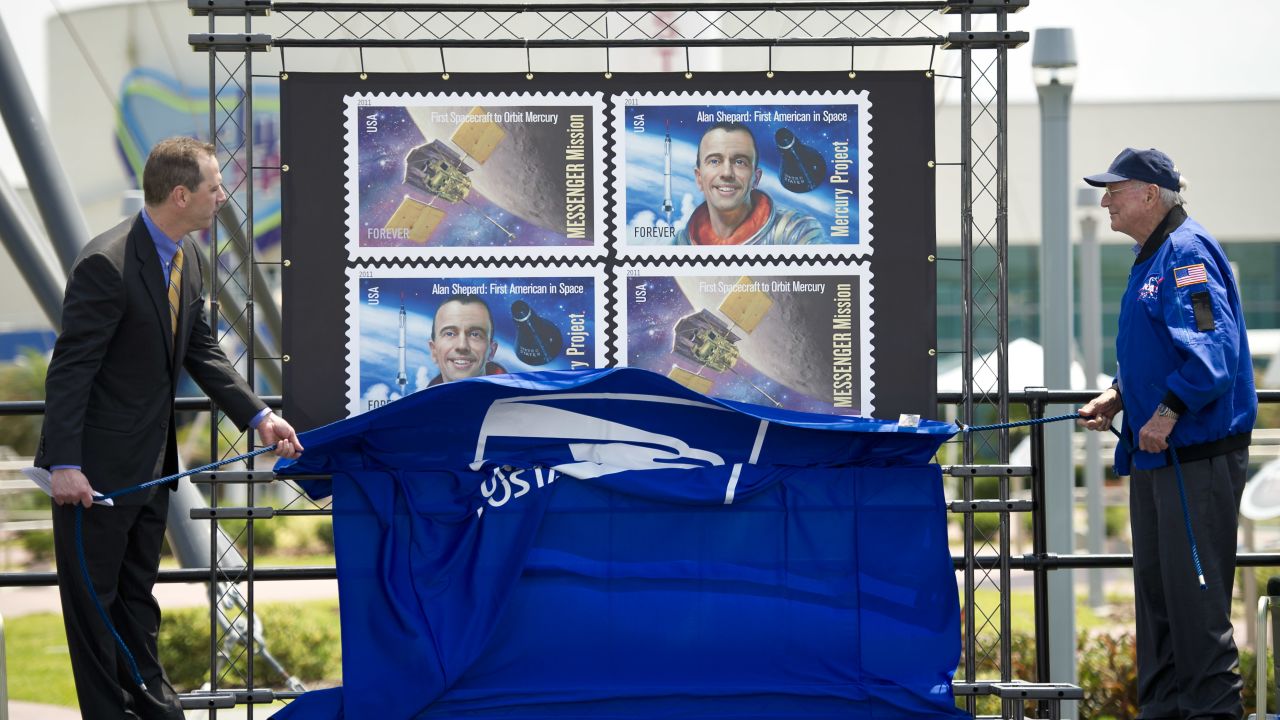
The pair’s hopes touch on something that has contributed to the enduring legacy of Shepard’s shots: not their distance or monetary value, but their human resonance.
As odd as it may seem, by the time of Apollo 14, Odom explained, the American public had developed a desensitized “been there, done that” attitude towards the space program, and the prospect of a predominantly science research mission did little to change the mood.
That all changed with news of golf on the moon, even more so due to the man wielding the club. As the first American astronaut in space in 1961, Second World War navy veteran Shepard had become a national celebrity, a remedy to the shame of the Soviet Union’s Yuri Gagarin pipping the US into space.
“People love Shepard, they know Shepard,” Odom explained.
“It seems like maybe a lot of people want to see themselves as an Alan Shepard at times.
“Folks who knew Shepard, that I’ve talked to – he had this zest for life. He had this appreciation for doing your job but having fun too … those two things come together in that moment on the moon when he’s smacking golf balls around.”
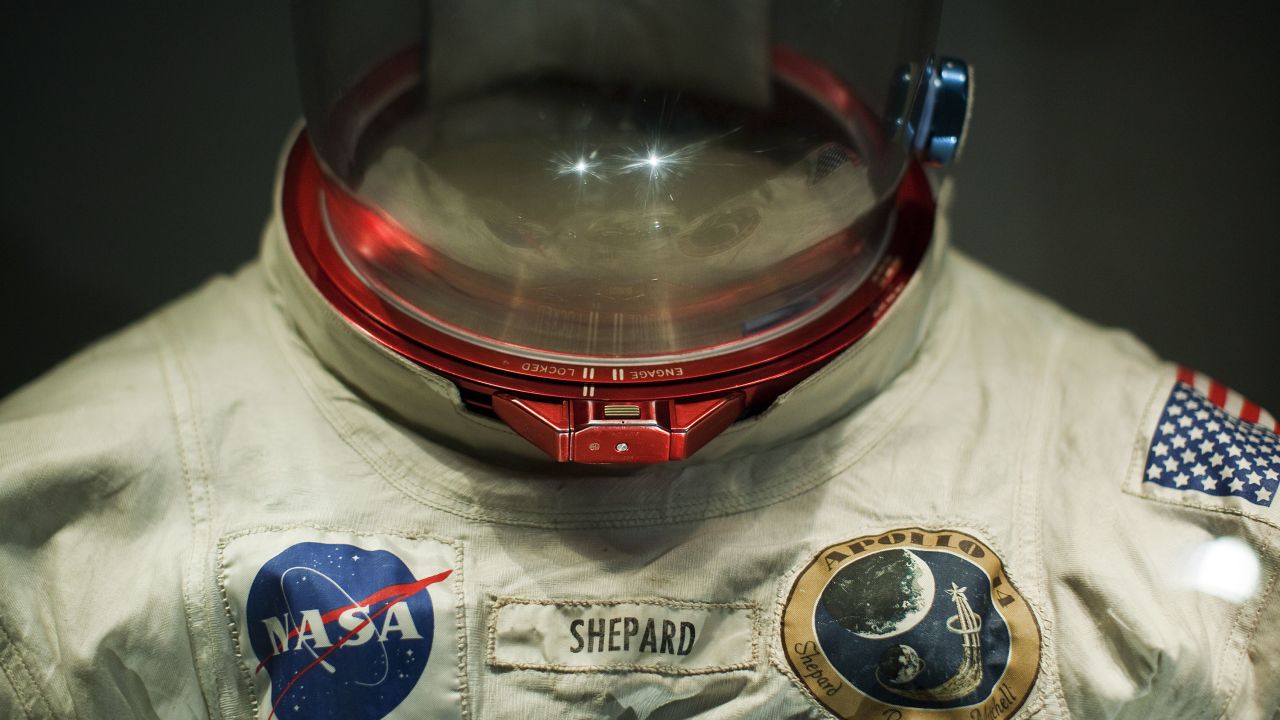
History’s longest drive or not, Shepard’s lunar golfing exhibition has captured the imagination for half a century, and not just of those interested in golf.
“We always talk about getting to the moon, landing on the moon, returning back to Earth – that’s how we think of the moon,” Odom said.
“But when it comes to a human activity, something that’s done just for the joy of being alive, that’s something that people can appreciate.”
Saunders agrees. “A lot of people know that someone played golf on the moon,” he said, “But not a lot of those people would know that it was on Apollo 14, that there even was an Apollo 14.
“Those human moments resonate forever.”
Andy Saunders’ “Apollo Remastered” book is out now.
This story has been updated to clarify Andy Saunders’ background.


